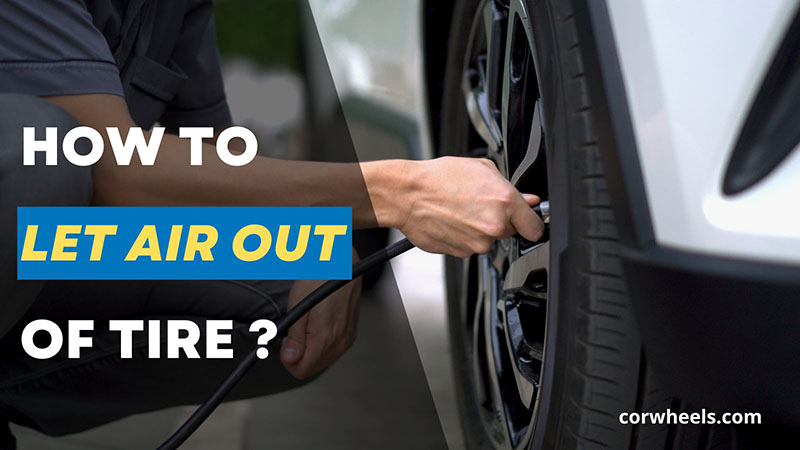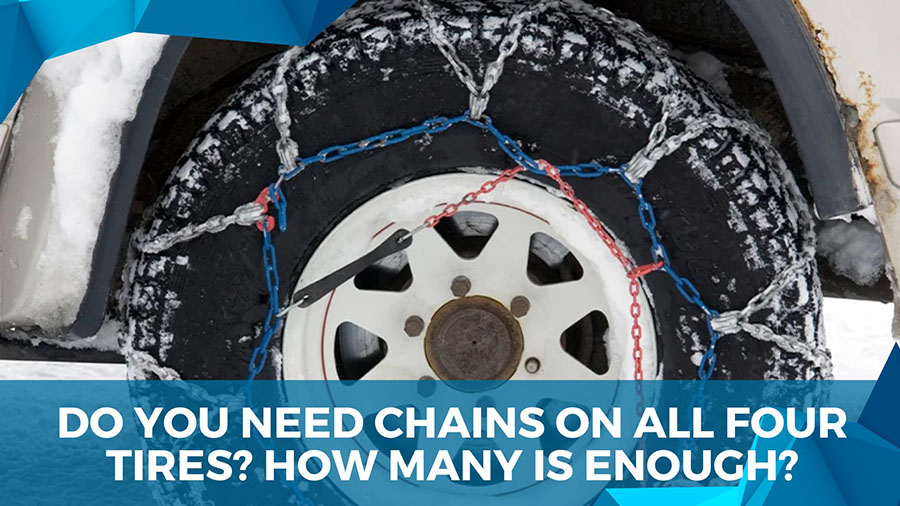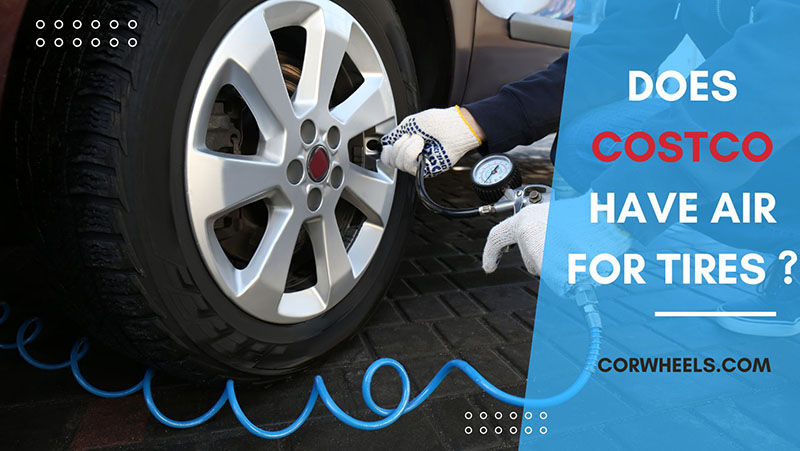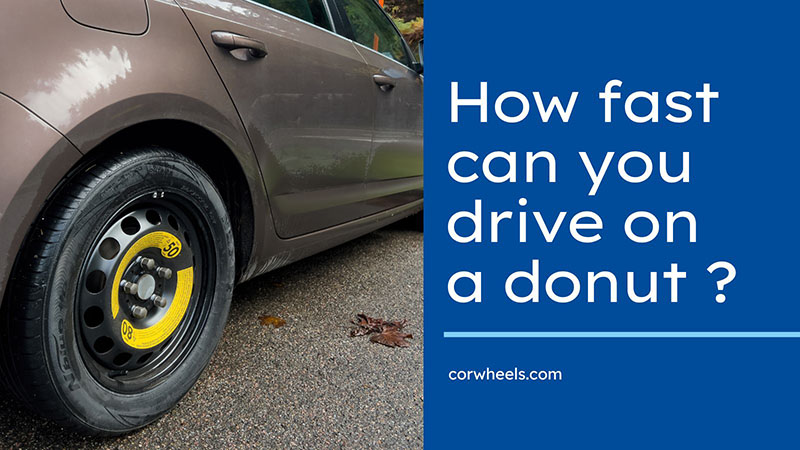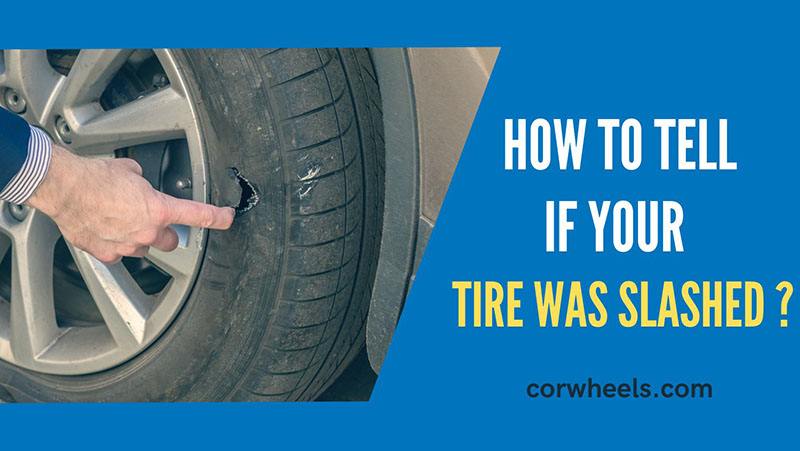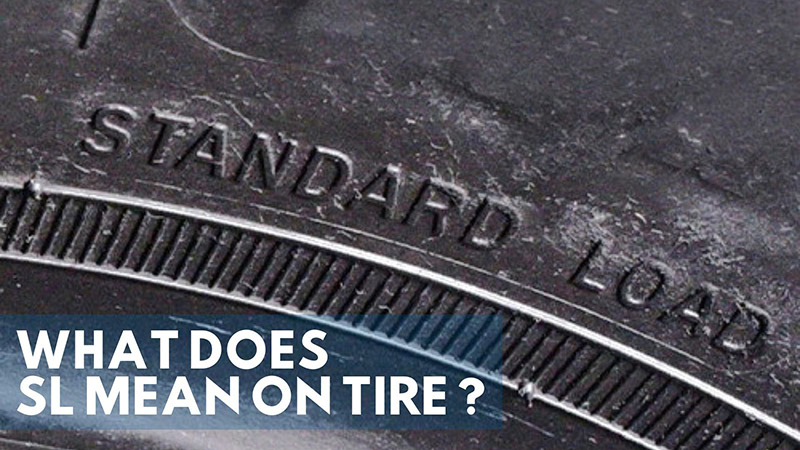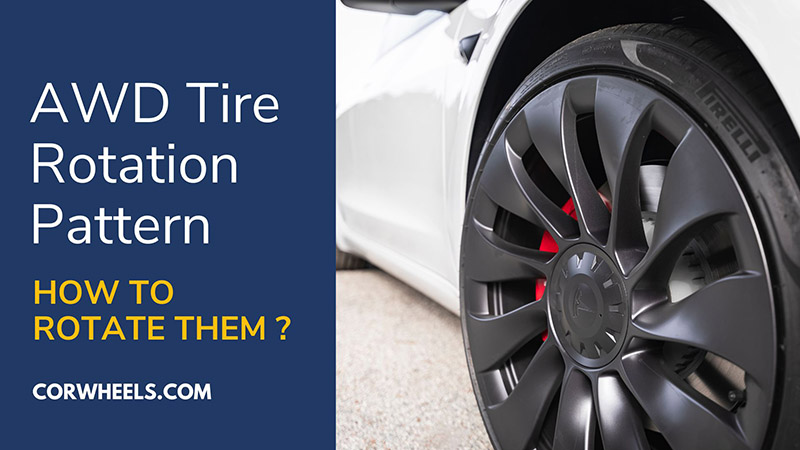By far, the simplest car-related DIY project for a safer, more enjoyable driving experience is to release air from tires to maintain the required tire air pressure. Suppose you don’t know how to deflate tire pressure; keep reading this article. It will show you a step-by-step guideline.
In this article:
Why You Need To Deflate Your Tire
Below are a couple of scenarios where you need to deflate the tires.
- Having over-inflated tires due to heat: Heat causes molecules to collide, leading to an enlarged surface area. Additionally, friction between the road and the rubber tire, particularly at high-speed ratings, may heat the molecules inside. This may be the culprit behind tire blowouts.
- Tire or wheel replacement required: The conventional practice is to fully deflate your tires and wheels before working on them, regardless of whether you’re upgrading or replacing them.
- Your car is stuck in sand or mud: Aired-down tires have a larger surface area and a wider footprint, which means they won’t sink in as deeply and may make it easier for you to escape from the situation. If you let out 15 PSI, you should be able to get out quickly.
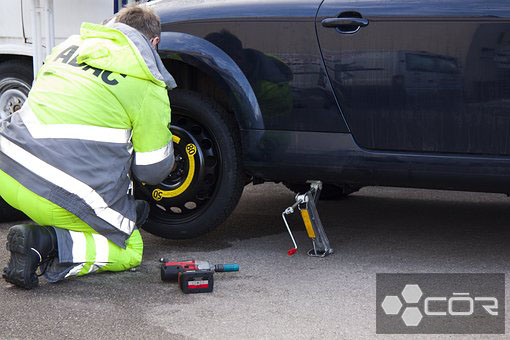
How To Release Air From Tire
You can perform this task using different methods and tools. Below are the easiest ones for you to try.
Using A Deflator
An automatic tire deflator is a brass-plated tool that makes releasing air from a tire easier. Here is how you use it.
- Step 1: Set it up in advance to the recommended PSI and take it out when needed.
- Step 2: Fasten it to your tire’s valve. When the air sound stops, adjust it loosely or firmly in accordance with the correct pressure.
Using A Needle-Nose Plier Or Other Blunt Pointed Tool
There are some differences between using these tools on a valve without caps and one with caps.
For Ones Without Caps
- Step 1: Unscrew the metal pin or metal valve to release air from a tire quickly.
- Step 2: Put it back once you get the proper tire pressure. Remember to replace the cap since it shields the valve from debris.
For Ones With Caps
- Step 1: Remove the cap before finding the valve pin.
- Step 2: Take your chosen tool and press the metal pin’s tip inward to let the air out of the tire.
- Step 3: As long as the pin is pressed down, the air will fly out of the valve. Lift the screwdriver when you reach your wanted pressure.
Some Notes When Doing
As you can see, fixing the problem of too much air in tire is quite easy. However, there is something you need to keep in mind while performing this task.
- When the metal pin is removed, safely place it somewhere else. Suppose you lost it; you can’t reinflate your tire again.
- Keep your valve cap somewhere so you won’t lose it. Even though losing this cap does not dramatically speed up air loss, the buildup of pollutants can harm the entire tire valve, potentially leading to leaks.
- Always let your tires cool down before determining the pressure. This is crucial because warm air makes tire-inside particles grow, giving you inaccurate readings.
How To Check The Pressure Of A Tire
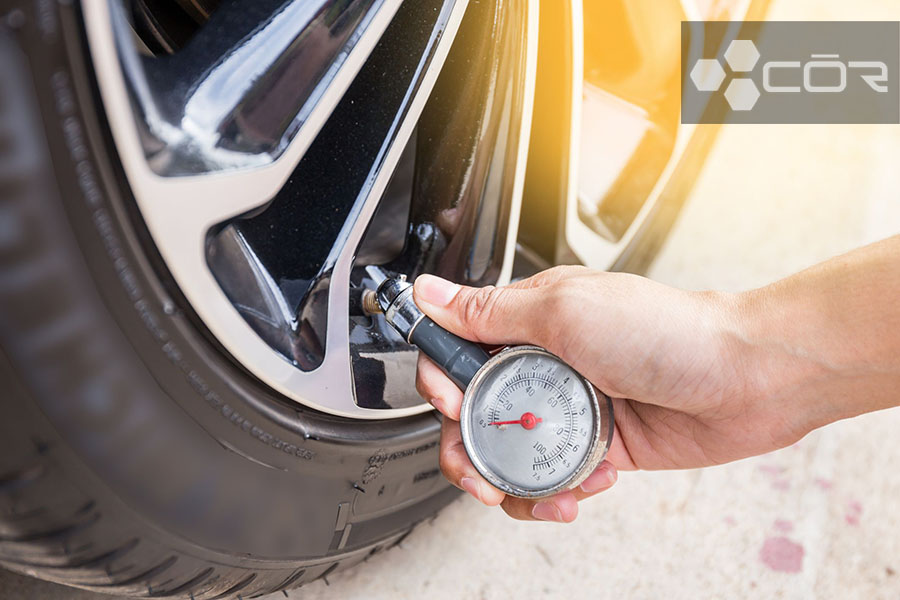
Every driver should keep a digital tire pressure gauge in the glove box. You may also have a journal so you can keep track of the fuel efficiency and tire pressure. Here is how you can check the pressure of your tire.
- Step 1: Look up the target tire pressure setting. The manual and the driver’s side door jamb will show the necessary information.
- Step 2: Before checking, ensure the tires have had time to cool down. Take off the tire’s valve cap and store it someplace secure so you won’t misplace it.
- Step 3: Obtain the tire gauge, then apply pressure on the valve stem. You can hear a brief hiss as you do this and release the gauge. Keep it firmly pushed against the valve stem until you have a precise reading.
- Step 4: Turn your stem valve cap in a clockwise direction to attach it. And you are done!
Frequently Asked Questions
How Long Does It Take To Fully Deflate A Tire?
It should take 3 to 5 minutes to make a tire flat completely. For a bicycle tire, it will be much quicker, which is only 1-2 minutes.
Is Over Inflating My Tires Bad?
Yes. Driving with improperly inflated tires can lead to several problems. Most significantly, blowouts are more likely with overinflated tires. Your vehicle tires may also become more susceptible to damage if you overinflate them. Excessive pressure will change the tire’s contour, reducing traction and causing more tire wear and tear in the center.
What Is The Proper Tire Inflation For My Car?
The ideal tire pressure is typically noted on a label on the driver’s door of modern vehicles. The owner’s manual normally states the tire settings if there isn’t a sticker on the door. When the tires are cold, most automobile experts advise 32-35 PSI.
See more: Is 40 psi good tire pressure?
What Are The Signs Of Overinflated Tires?
Overinflated tires are rigid and unyielding, and they have a smaller footprint when they come into touch with the ground. When driving over potholes or other road debris, tires that are 6 PSI overinflated may be more readily damaged.
The Bottom Line
Knowing how to remove air from tires is a must, as it can ensure safe travel and extend the life of tires. Also, it is always advisable to follow the vehicle manufacturer’s recommended tire pressure level to run as efficiently as possible and maintain road safety.

